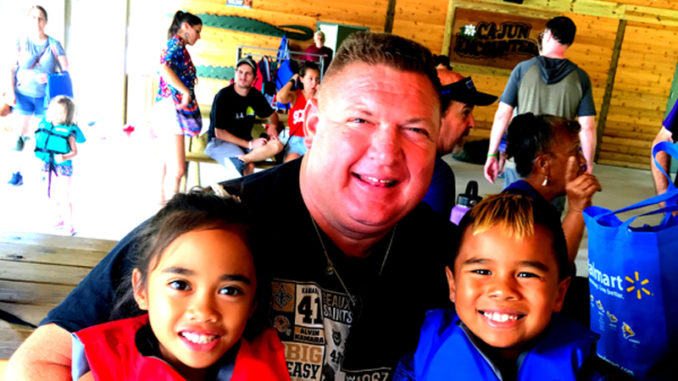
Barry Guillot’s new book, “Who Lives in Louisiana Wetlands?” has been described as the first one in the world written in English and Niihau, an endangered language and dialect of Hawaii.
It’s a bilingual counting book aimed at teaching the students of a Niihau immersion school in Hawaii how to count, but Guillot said as he worked on the project it became so much more than just a project.
“It is the result of incredible synergies between people and cultures and their environment,” he said.
The Harry Hurst Middle School teacher and co-founder of Wetland Watchers called it a work born of a “gumbo of cultures” between Louisiana and Hawaii. It came together at the Mississippi River Delta Institute, a three-day, hands-on teacher training sponsored by the Meraux Foundation and Hamline University’s Center for Global Environmental Education (CGEE), which Guillot said he’s attended since 2015.
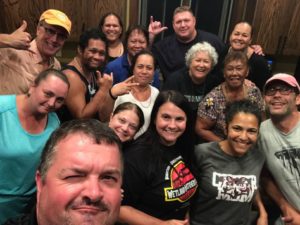
In 2017, CGEE Director Tracy Fredin invited Guillot to Minnesota to its Rivers Institute where there were also six teachers from Hawaii there with another CGEE project. During a trip up the headwaters of the Mississippi River at Itasca State Park, Guillot got to know the teachers of Kekula Niihau O Kekaha (KKNOK), a Niihau charter school. They explained they had few written resources with the Niihau language and hoped a grant they received would help provide them.
Fredin observed many similarities in the two groups and proposed a social experiment or “gumbo of cultures” with the book project.
They hit it off.
“It is amazing how much our cultures are alike,” Guillot said. “The genuine love of family and food is at the root of it all. They are just a wonderful group of people and we all bonded very quickly.”
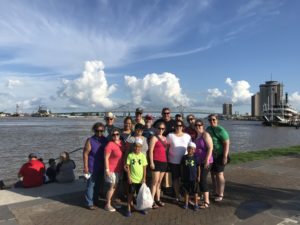
From this point, they collaborated on the book, one that would educate them about the wetlands of Louisiana. Guillot wrote the book and provided the images of Louisiana swamps and Fredin worked with a KKNOK teacher to translate it from English to Niihau.
“When I learned more about the KKNOK book project, I immediately wanted to be a part of it,” Guillot said. “Hawaii’s Kauai Island where the students reside is well regarded as a paradise, but it is an entirely different ecosystem than what we have here. I wanted to share some of the beauty of our Louisiana wetlands and the creatures that live here.”
Fredin said the experience taught them to expand from “One River Thinking” to “One Water Thinking” expanding from the strong bond between the Mississippi River headwaters and the Delta, to now crossing beyond, across the Pacific Ocean.
“Caring for the environment transcends our location,” Fredin said.
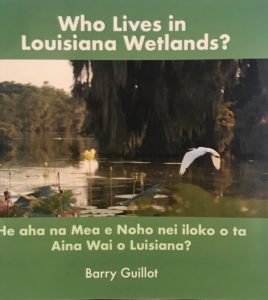
The project was also a landmark for Guillot, whose works have been included in books. But he said this is the first time he’s had his name on one as its author.
“Even though it is not rich in plot, being a counting book, knowing what it stands for makes me incredibly proud and thankful to Hamline’s University’s CGEE and to Louisiana’s Meraux Foundation for giving me the opportunity to be a part of this,” he said.
The Hawaiians were equally appreciative to meet Guillot.
“Words cannot express how grateful I am to have met Barry,” said Kekaha School Director Tia Koerte. “I was moved to tears by this book. Barry is a true gem and we are so blessed to have Ohana like him to help us in perpetuating our native language. From the bottom of my heart … Mahalo nui loa (Thank you very much). We are forever grateful.”
The book is $22 hardback and $12 paperback available at Wetland Watcher events and Harry Hurst Middle School. Upon request, Guillot will personalize and sign the books in Niiahu language. All proceeds from the sales will go to the CGEE book project and the Wetland Watchers project.

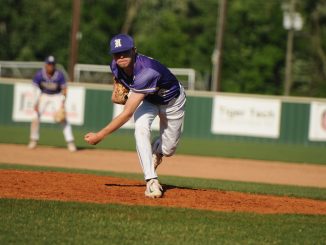

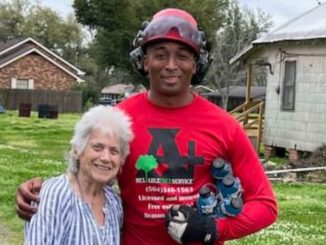
Be the first to comment